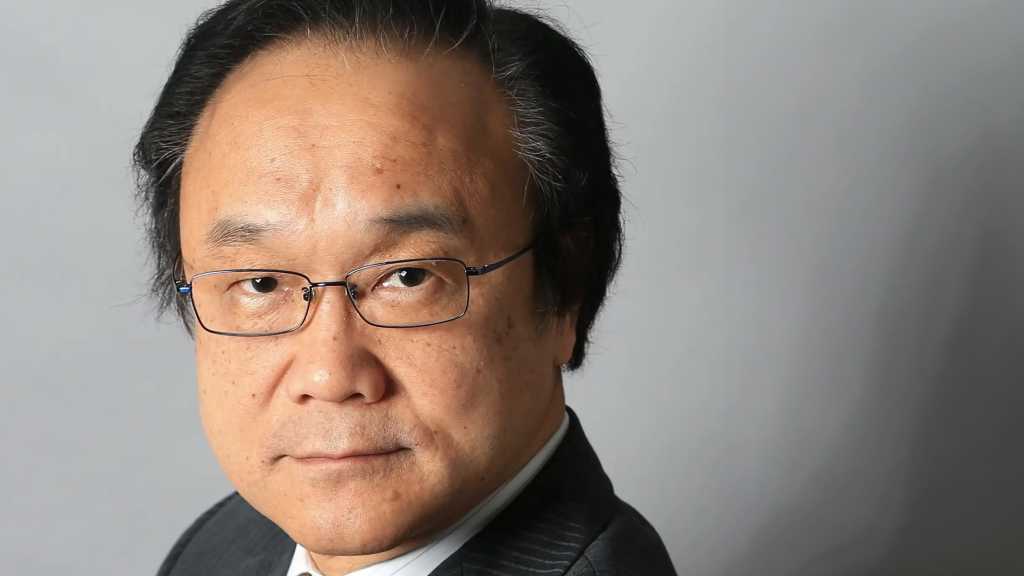
I think a big factor was the collapse of Japan’s bubble economy after the 1990s, which led Japanese manufacturers to refrain from investing. Also, restructuring and retirement age systems at Japanese companies forced a large number of engineers to retire, which led to Korean companies hiring them at high prices. As a result, there was an outflow of Japanese technological brains. This has in part led to a decline in the competitiveness of Japanese manufacturers and an increase in Korean competitiveness.
The rise of overseas companies was probably also due in large part to the strong yen at the time.
After the Plaza Accord in 1985, the yen rapidly appreciated. This was also the time when the Japan-US Semiconductor Agreement was concluded in 1986, and Japan entered a recession due to the strong yen, making it difficult to sell goods overseas. Furthermore, in 1990, the real estate bubble burst due to quantitative restrictions, and corporate investment appetite suddenly cooled. This had a major impact on the semiconductor industry. The previously “aggressive, aggressive investment” was no longer possible.
The Ministry of International Trade and Industry (now the Ministry of Economy, Trade and Industry) tried to restructure the semiconductor industry in order to revive it, but it seems that it did not work out.
The Ministry of International Trade and Industry (MITI) used the reorganization of the mainframe era into the three major computer groups (Fujitsu + Hitachi, NEC + Toshiba, Mitsubishi Electric + Oki Electric) as a model for grouping the semiconductor industry. Subsequently, the government led the formation of “Hinomaru Alliances,” resulting in the creation of companies such as Elpida Memory, which merged the DRAM businesses of NEC, Hitachi, and Mitsubishi, and Renesas Technology, which merged the system LSI businesses of Hitachi and Mitsubishi. However, because these were alliances formed by spinning off companies from the original companies, decision-making was slow and responsibilities unclear. In the end, Elpida was acquired by Micron Technology of the United States, and Japan’s semiconductor industry was swallowed up by global competition. A similar failure occurred in the LCD field. When parent companies are too concerned with face, flexible reorganization becomes impossible.
While most of Japan’s major vertically integrated semiconductor manufacturers have disappeared, material manufacturers and the equipment industry are still thriving. Doesn’t this mean that Japan’s semiconductor industry will be reborn?


